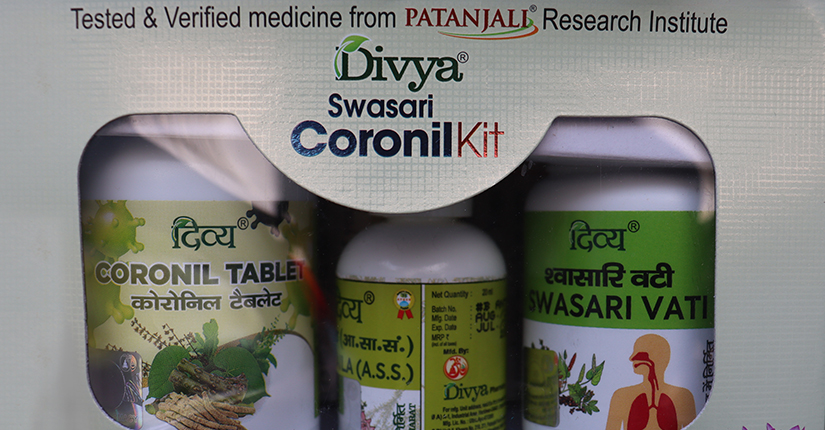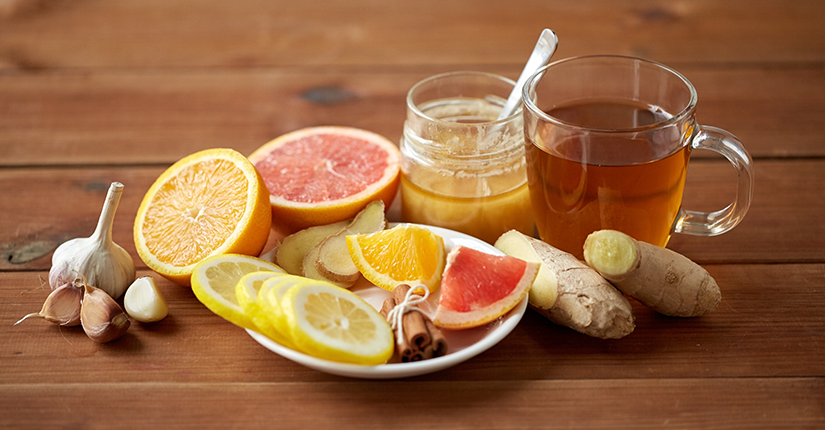Health Alert: Milk Contamination in India
By Nmami Life Editorial 04-Aug 2021 Reading Time: 6 Mins

Being one of the primary dairy products consumed in India, the increased demand for milk in the country is owed to the increasing population. An average Indian consumes 360 milliliters of milk daily. Nearly 80 % of the processing of milk is carried out by the unorganized sector. This is one of the major reasons for the reduced quality and nutrition levels of the milk.
Milk, a complete source of nutrition including easily digestible protein, fat, and minerals, etc. is vulnerable to spoilage. To preserve its quality, optimum care during milking and processing is required.
There are a variety of sources of milk contamination.
- Milk usually gets contaminated before milking from the feed and fodder fed to the cattle.
- Materials used for the processing of milk
- Unsanitary and improper handling of milk in the post-processing period.
Milk is usually contaminated with pesticide residues, heavy metals, and aflatoxin M1.
- Aflatoxin M1, also called milk toxin, is a metabolite of Aflatoxin. Aflatoxin is a mycotoxin produced by a mould Aspergillus flavus and it is found in feedstuffs around the world. Aflatoxin M1 is a potent carcinogenic compound and chronic exposure to even low levels of aflatoxins can cause harmful effects.
- Although pesticides are used to protect the crops and from infestation, they contaminate milk through the environment, water and forages.
- Uncontaminated milk contains minute quantities of heavy metals but the processing and packaging of milk may alter the content of heavy metals. Heavy metals like lead, cadmium, chromium, nickel, cobalt, etc from cattle feed and environment can contaminate milk and eventually cause serious health problems among the people consuming milk with such contaminants.
A comprehensive survey on milk safety was conducted by FSSAI (Food Safety and Standards Authority of India) from May 2018 to October 2018 covering all the states and union territories. The results revealed that approximately 7 % of the samples had safety concerns related to the presence of aflatoxin M1, antibiotics, and pesticides. Around 41 % of the samples were found safe but they lacked one or the other quality parameter.
For the very first time in India, a detailed survey on milk contamination by aflatoxin M1 has been conducted. The highest levels of Aflatoxin M1 residues were found in Tamil Nadu, followed by Delhi and Kerala.
Milk contamination may cause irreversible health damage and devoid us of essential nutrients.
How to check adulteration in milk?
Checking for starch content in milk
- Starch is an adulterant that increases the carbohydrate content of milk.
- Add 2 tablespoons of salt to about 5 ml of milk
- If the mixture turns blue, the milk contains starch
Checking for water in milk
- Just put a drop of the milk on your fist or a slanted surface and let it slide down.
- If the milk leaves behind a trail, it has been mixed with water.
Checking for urea
- Milk is adulterated using urea to increase its shelf life. Urea does not affect the taste of milk and is harder to detect.
- Mix half tablespoon of milk with soybean or arhar powder and shake well.
- After 5 minutes, dip a red litmus paper in this solution for 30 seconds. If the color changes from blue, your milk has urea.
Checking for vanaspati
- Add 2 tablespoons of hydrochloric acid and 1 tablespoon of sugar to 1 tablespoon of milk. The mixture will turn red if the milk is impure.
- Note: It is advised to take professional help to carry out such experiments.
Checking for formalin
- Formalin is a preservative used to increase the shelf life of milk. The test for formalin requires precaution.
- Take 10 ml of milk in a test tube and carefully add 2-3 drops of sulphuric acid to it.
- Formation of a blue ring indicates adulteration.
Footnote
According to a recent report ‘With adulteration, India’s population would be suffering from serious and fatal diseases like cancer by the end of 2025′. (WHO).Therefore, it is advised to take necessary precautions and check the quality of milk at household levels.


















